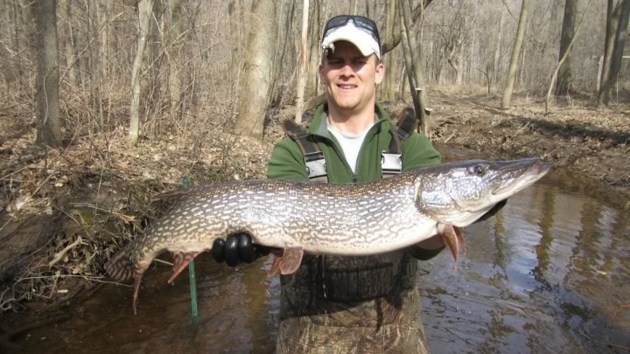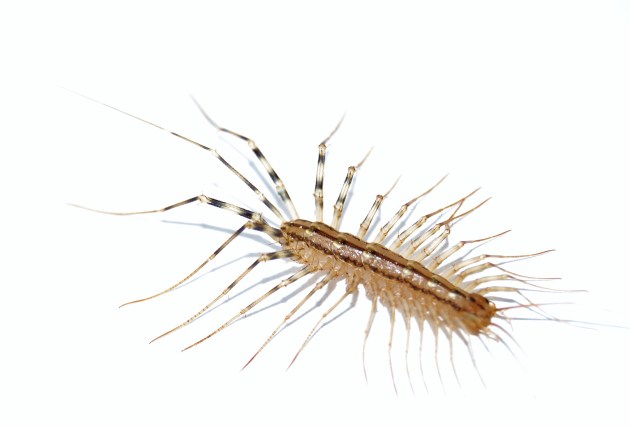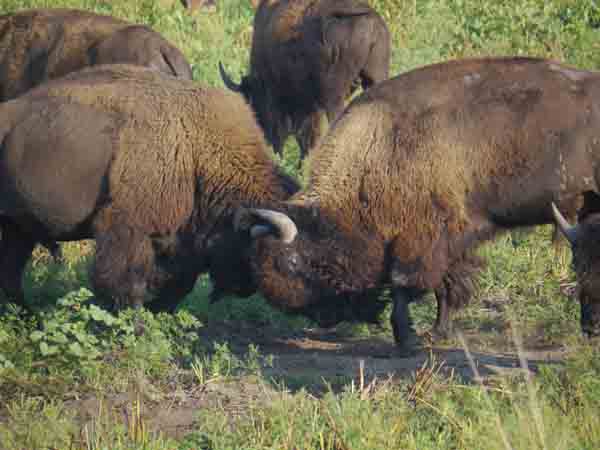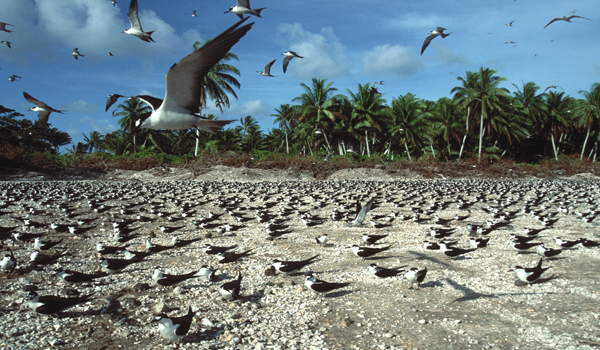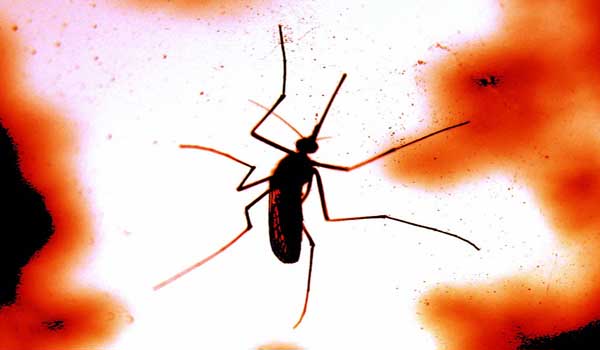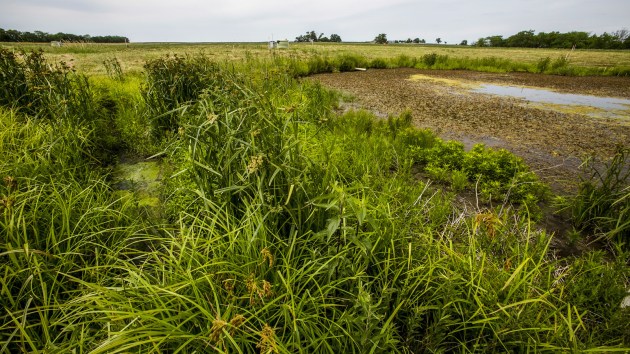Discover stories in Uncategorized
Big Fish: Roadside Pike
Where could the pike possibly be? It turns out: In a roadside ditch.
Big Fish: Rodent-Eating Trout
Key up the Jaws soundtrack. For years, anglers have claimed Silver Creek's brown trout feed on rodents. Does the science back them up?
Everyday Nature: How I Came To Love House Centipedes
I’ve been called a lot of strange things in my life, but I never thought I could be called a nematode-lover. I certainly never envisioned a day when my wife would start referring to house centipedes – those terrifying huge invertebrates that seem to have a million legs and run at top speed – as our “honored guests.” We’re definitely not “bug people,” so what turned us around? As an ecologist, I can appreciate that even unlovable critters serve valuable functions in nature like decomposing organic matter and keeping the populations of other organisms in check. Then again, I never thought the indoors had room for biodiversity or strange “guests.” Living in the aptly named “eco-house” in college (where a dirt floor basement and holes in the walls contributed to hefty populations of slugs, moths, flies, and more) forced me to get used to it, but it certainly wasn’t my ideal living situation. So you can imagine my unhappiness when I discovered several years ago that I’d moved into a condo chock full of house centipedes. Then the ecologist in me started wondering why they were there, and what would happen if I successfully got rid of them.
A Bull Fight for Conservation
Studying bison interactions may help managers make better decisions on fenced preserves and ranches -- where most bison roam today.
A Rat-Free Palmyra Atoll
Located 1,000 miles south of Hawai'i,Palmyra Atoll is one of the most spectacular marine wilderness areas on Earth.
Kareiva: Why Global Health Matters to Conservation
We conservationists have had a hard time tracking the lasting impact of our achievements beyond acres protected, and we all know that acres protected is not sufficient by itself as a measure of biodiversity health. Contrast that with global health. The most recent global health report — the Global Burden of Disease Study 2010 — is a compelling tale of astonishing accomplishments (Horton et al., 2012). In the last 40 years, global life expectancy for women has risen from 61 to 73 years, and for men from 56 to 68 years. Mortality from malaria is the one and only outlier in a remarkable record of falling death rates due to infectious diseases. We might do well by asking ourselves why the health world has been able to document so much progress — even in some of the poorest and most strife torn countries — while conservation has not?
Oceans and Climate Change: Protecting the “Invisible”
Coral bleaching, increasing storms, the loss of polar bears: many impacts of climate change are already vivid in our minds. We naturally worry about the things we can see. Huge waves and the loss of big fish and colorful corals get our attention. But what about things we can’t see, like the tiny creatures called plankton? They are also poised for dramatic changes. A recent dive in the sapphire waters of the Caribbean offers a close encounter with plankton. While most of my dive buddies hurry to reach the bottom, I linger as I usually do, pondering the “blue” and looking out for the visible and the invisible. Suddenly, clouds of tiny filaments come sharply into focus. It’s blue-green algae--Trichodesmium--a type of phytoplankton that plays an important role in these nutrient-poor waters. They essentially break gaseous nitrogen’s tough triple bond and convert it into a form other phytoplankton can feed on. What would these waters look like without them?
Building Wetlands for Clean Drinking Water
Can building wetlands reduce dangerous high nitrate levels and thus provide clean, safe drinking water for thousands of people? Yes. But, when it comes to ensuring clean water, not all wetlands are created equal. Biologists know how to restore great wetlands to draw in ducks and shorebirds. Restoring wetlands to also help people may require a different approach. That’s the focus of an intensive research effort conducted by Nature Conservancy scientists on the Mackinaw River watershed in central Illinois. The wetlands—while providing wildlife habitat and healthier rivers—are being designed and tested to provide safe drinking water for the 90,000 residents of Bloomington, Illinois and surrounding communities where the town’s primary reservoir has had a history of high nitrate levels.
